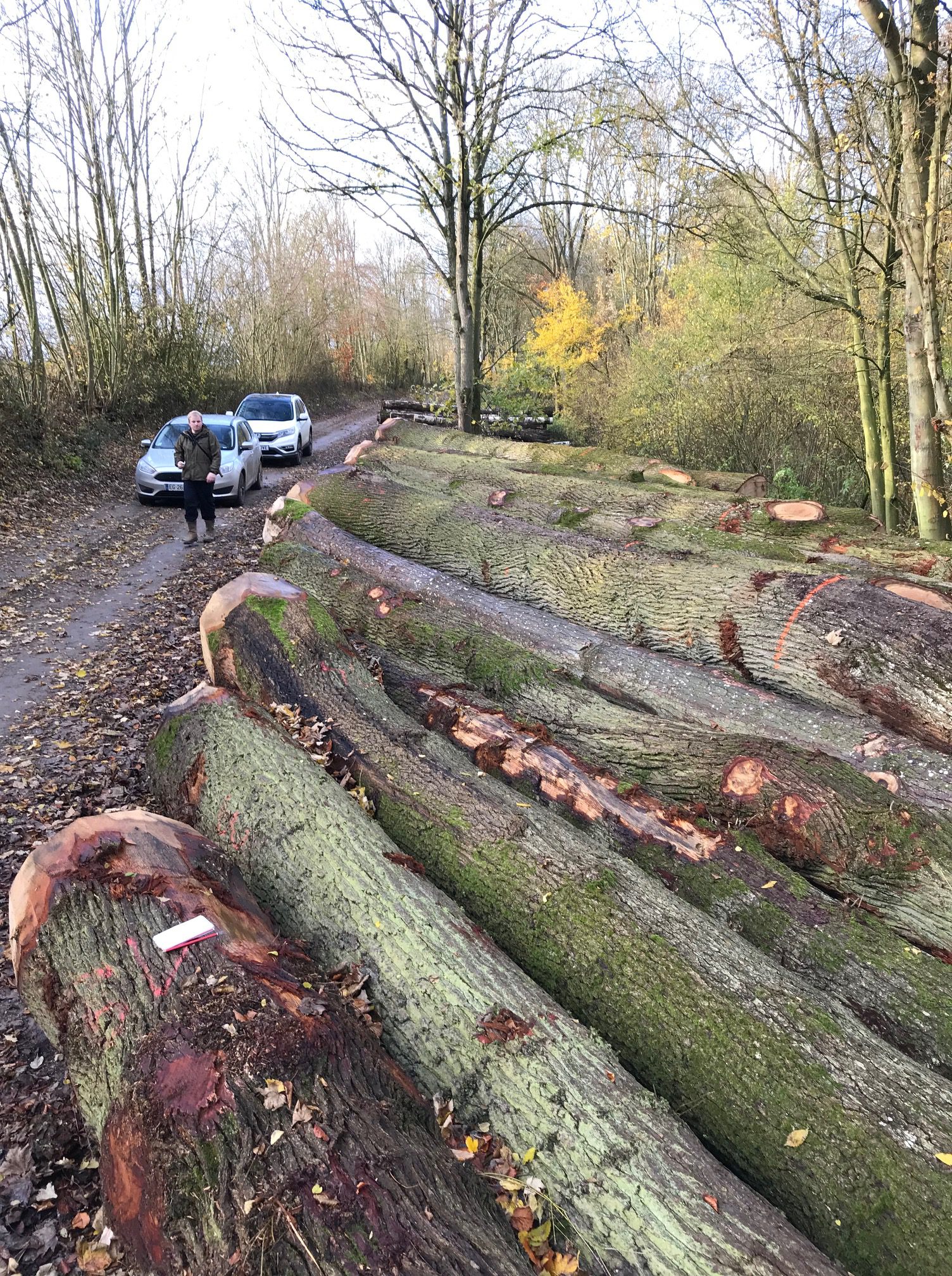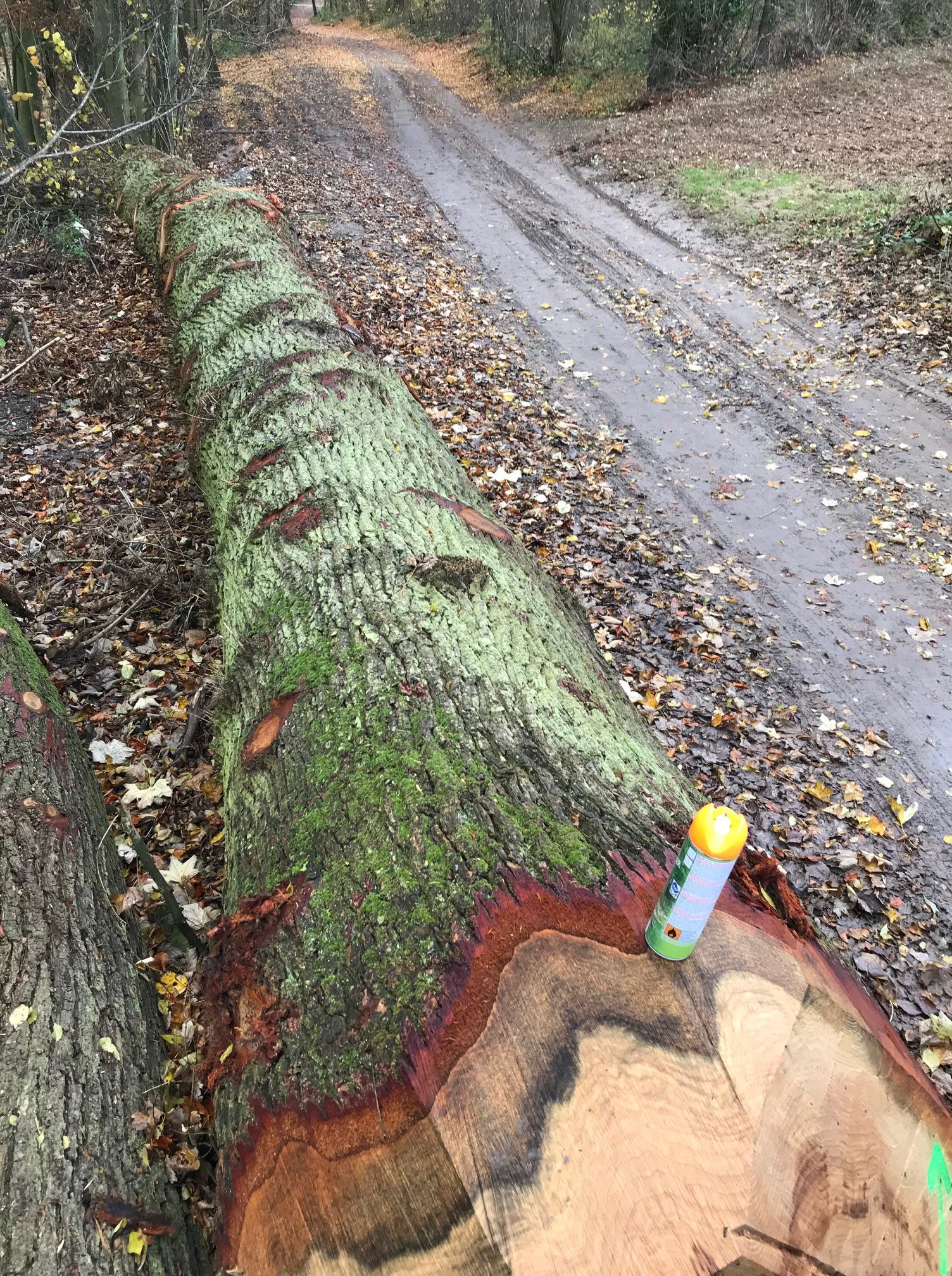It’s an old joke, but the inference could be nearer than we think!
I was at the first Timber Trade Federation conference on European Oak in April held in co-operation with the European Organisation of the Sawmill Industry. Present were representatives from the principal Oak-producing countries in Europe. They presented some rather amazing/shocking statistics, and I describe them that way because they are both of those things. I refer of course to the increasing demand for timber in China. In this case, Oak.
Increasing Oak Demand in China
You might wonder what China has to do with the UK’s use of Oak. An enormous amount, as it happens. China’s hunger for Oak in log form has grown by 244% in the last 7 years! In 2010, Chineses industries bought 183,362 tonnes of Oak, which in 2017 became a whopping 630,827! In France, the figures rose from 101,160m³ in 2010 to 352,139m³ in 2017.
It doesn’t stop there. The barrel market is also extremely buoyant (I suppose the wine and whisky drinkers among us hold some responsibility for that!). The barrel trade takes the very best clear and straight logs, which they ironically then crosscut into shorter lengths.
What is the impact of this? A reduction of available Oak in log, plank and square-edge form. Sawn timber production in France reduced by around 30% in 2008, and it hasn’t really increased much since. Oak prices have continued to rise over the past 10 plus years, and the consensus of the conference is that it is very unlikely for this trend of price increases to change.
The availability of larger diameter and longer logs is also reducing, despite our staff cherry-picking these specimen logs for many years to limit damage to the supply. To top off the woe, recent appalling winter weather has prevented access to the land: unfortunately for our industry, shooting and hunting across Europe takes a priority in the landowner’s eyes!
Timber Alternatives to Oak
Where durability is concerned, few will look past Oak. But with European oak supplies being subject to a growing demand for timber in the east, we may save ourselves some money, effort and a fair few trees by considering other building materials. So, what Oak alternatives are available?
Sycamore is a beautiful timber of a very white species. Ash, currently being felled to fight Ash Die Back, is also very useable timber. We have just bought some from woods a few miles away, which we then milled in our on-site sawmill facilities. And then there’s Beech.
For a more comprehensive look at our extensive range of woods, consult our online catalogue.
UK Oak Stock and Supply
There is Oak available in the UK and some of it is very good. However, we need more landowners to start managing their woodlands and think about releasing only some, not all, of their timber stock.
Selective felling is a better, more aesthetic way of harvesting timber, but can we be self-sufficient? I very much doubt it. The Grown in Britain campaign is championing this cause and has definitely impacted UK demand, but the issue is we would be unable to meet the whole demand in the UK.
The Solution: Timber To Be Used More Economically
Does this mean difficult times for Oak? Not necessarily. I think the future of Oak is still rosy, but we need to be prepared for price increases. We also need to think about the grades we ask for and the end-use application. Is best-grade, high quality oak really needed for each project? Does the end customer really understand character Oak? They may only think of the beauty Oak brings. It’s always worth thoroughly discussing a customer’s objectives with them; you could end up finding a solution that better fits the project as well as spare a few trees.
We have a responsibility to use timber more economically: it’s been growing for hundreds of years.
Consider the work and the price that has gone in to get it on the workshop bench: typically, a slow grown tree will have been looked after for decades, in woods where thinning will have taken place to allow it to grow good and tall. An experienced forester selected the trees to be felled, which a skilled tree feller then cut down, trimmed and crosscut. A professional timber haulier then transported it to a sawmill, where a sawyer probably with decades of expertise milled the log for whatever purpose it was selected for.
And it doesn’t stop there. Further machining, cross-cutting, planing and sanding will create the most wonderful pieces of joinery or furniture.
A lot of work goes into bringing the humble Oak tree near you.
Don’t forget there is a wide range of timber alternatives for uses similar to Oak: Ash, Beech and Sycamore, to name only a few species. These seem to have fallen out of favour, but they can all have their place.
For all of your hardwood and joinery softwood requirements, call our Sales Team on 01798 861611 or email: [email protected]



